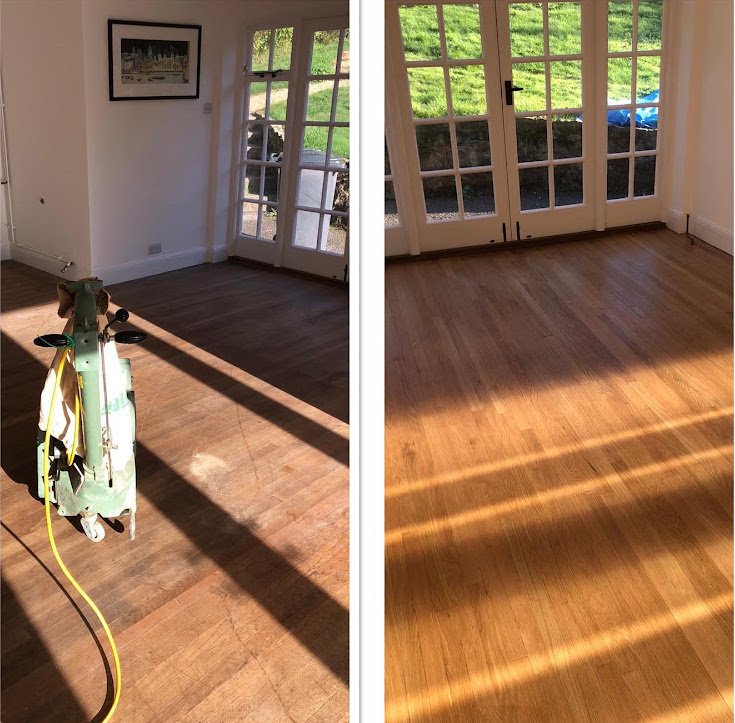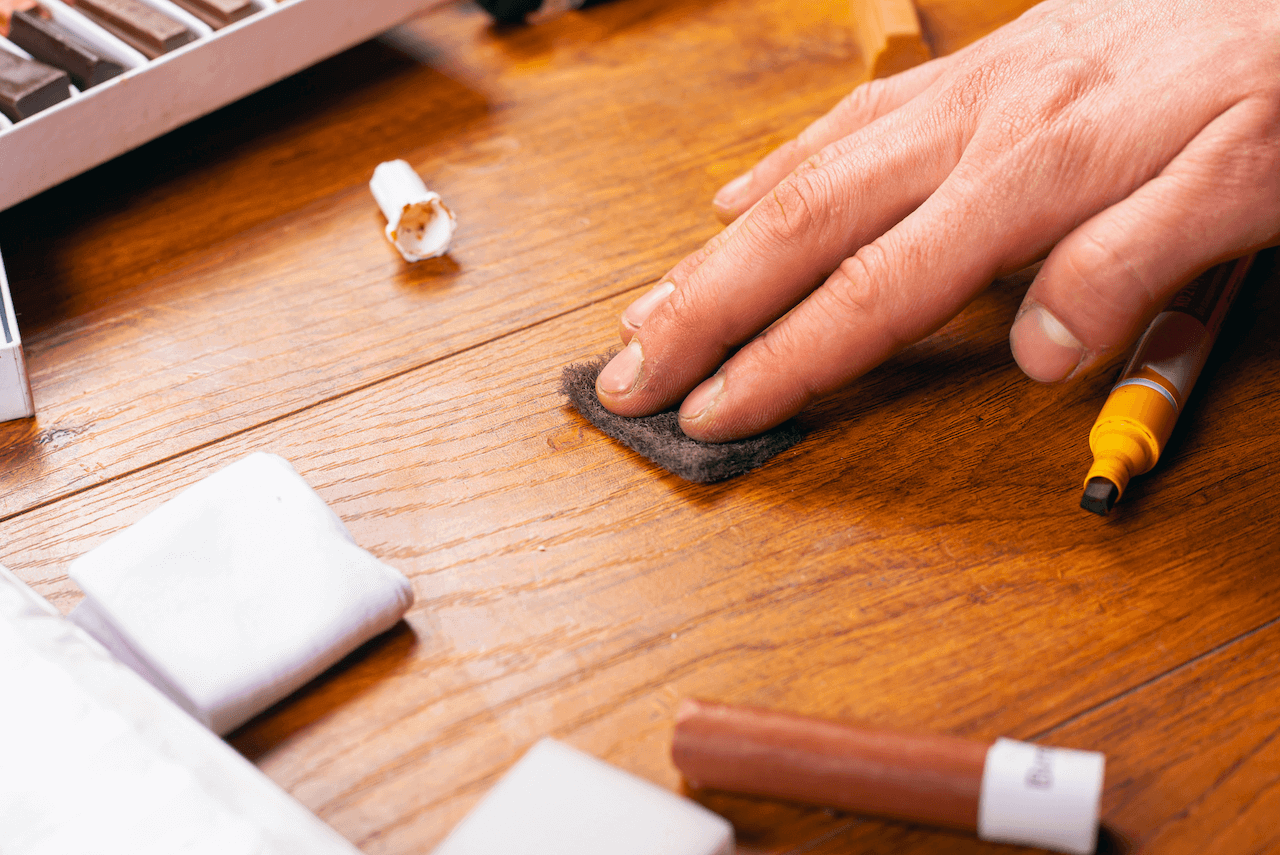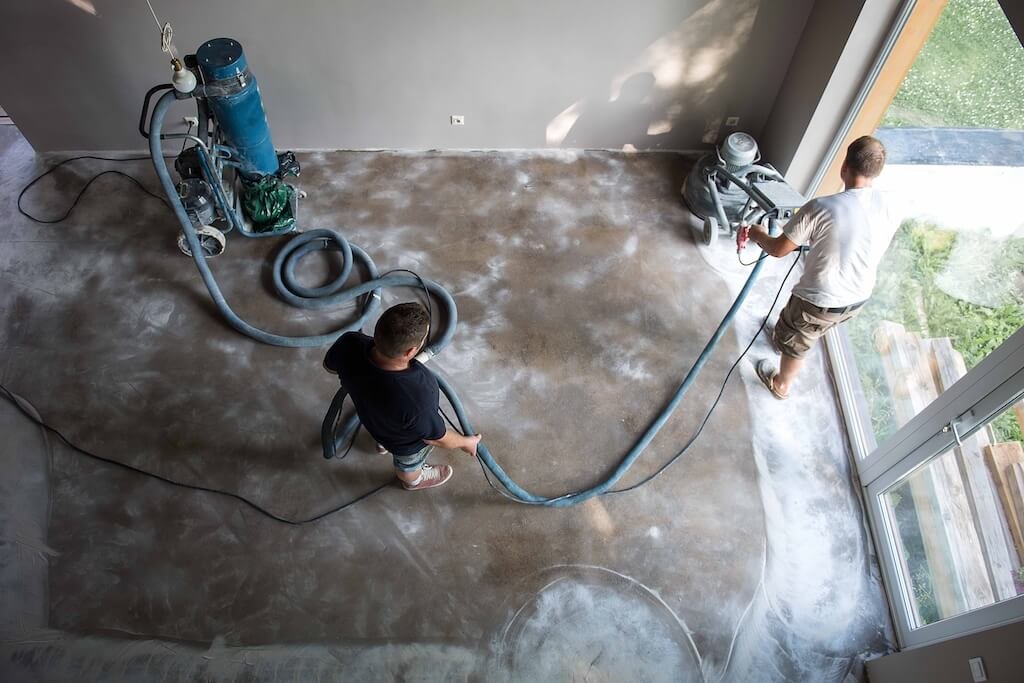

Floor Restoration Secrets: Bringing Hidden Beauty Back to Life
Introduction:
Flooring plays a crucial role in the overall aesthetics and functionality of a space. Over time, however, floors can lose their lustre and suffer from wear and tear. Fortunately, floor restoration techniques have evolved significantly, allowing us to revive the hidden beauty of ageing floors. In this blog, we will explore the secrets behind floor restoration and how they can bring new life to your space.
- Understanding Floor Restoration:
Floor restoration is a process that involves repairing, refinishing, and rejuvenating worn-out or damaged floors. It is a cost-effective alternative to complete floor replacement, allowing you to preserve the original character and charm of your space. Whether you have hardwood, marble, terrazzo, or any other type of flooring, restoration techniques can transform them into stunning masterpieces.
- Assessing the Condition:
Before embarking on a floor restoration project, it is essential to assess the condition of the existing floor. This evaluation helps determine the extent of damage and the suitable restoration techniques to employ. A professional floor restoration expert can conduct a thorough inspection to identify issues such as cracks, scratches, stains, and uneven surfaces.
- Repairing Damages:
The first step in floor restoration is repairing any damages or flaws present on the surface. Cracks and chips can be filled using specialised fillers that match the colour and texture of the floor. For wooden floors, loose or damaged boards can be replaced, ensuring a seamless and uniform appearance. Repairing damages not only enhances the visual appeal of the floor but also ensures its structural integrity.
- Sanding and Refinishing:
Sanding is a crucial step in floor restoration, especially for hardwood floors. It involves removing the top layer of the floor, including scratches, stains, and old finishes. Sanding helps create a smooth and even surface, preparing the floor for refinishing. The choice of finish depends on the desired look and durability. Options include oil-based polyurethane, water-based polyurethane, and wax finishes. Refinishing adds a protective layer to the floor, enhancing its longevity and beauty.
- Polishing and Buffing:
For floors such as marble, terrazzo, and concrete, polishing and buffing are essential steps in the restoration process. Polishing involves using abrasive materials to remove scratches, stains, and dullness from the surface. This process restores the natural shine and lustre of the floor. Buffing, on the other hand, involves using a high-speed rotary machine to create a smooth and glossy finish. Polishing and buffing can transform a worn-out floor into a stunning centrepiece.
- Sealing and Protecting:
After the restoration process, it is crucial to seal and protect the newly restored floor. Sealants act as a barrier, preventing stains, moisture, and dirt from penetrating the surface. Additionally, applying a protective coating helps maintain the floor’s appearance and durability over time. Regular maintenance and cleaning routines should be followed to ensure the longevity and beauty of the restored floor.
Benefits of Floor Restoration:
1. Cost-effective: Floor restoration is often more affordable than complete floor replacement, making it an attractive option for those on a budget. By restoring your existing floor, you can save money while still achieving remarkable results.
2. Sustainability: By restoring your floors, you contribute to a more sustainable environment. Rather than discarding old flooring materials and consuming new resources, restoration allows you to breathe new life into what you already have.
3. Preservation of Character: Restoration allows you to preserve the original character and charm of your space. Whether you have a historic building with intricate hardwood floors or a modern space with unique concrete flooring, restoration ensures that the essence of your property remains intact.
4. Increased Property Value: Restored floors add value to your property. Potential buyers or tenants are often drawn to spaces with well-maintained and visually appealing floors. By investing in floor restoration, you can enhance the marketability of your property and potentially command higher prices.
5. Customization Options: Floor restoration provides an opportunity for customization. From choosing the desired finish to exploring different colours and patterns, you can tailor the restored floor to suit your personal style and preferences. This level of customization adds a unique touch to your space.
Conclusion:
Floor restoration is a powerful technique that can revitalise ageing floors and bring hidden beauty back to life. By assessing the condition, repairing damages, sanding and refinishing, polishing and buffing, and sealing and protecting, you can transform your floors into stunning masterpieces. The benefits of floor restoration extend beyond aesthetics, providing you with cost-effective and sustainable solutions. So, if you have worn-out floors, don’t despair. Explore the secrets of floor restoration and unlock the hidden beauty that lies beneath. With the expertise of professionals and the right techniques, you can breathe new life into your floors and create a space that is both visually captivating and functional. Embrace the wonders of floor restoration and experience the transformative power it holds.
FAQs
What is floor sanding?
Floor sanding is the process of removing the top layer of a wooden floor using specialised sanding equipment. This process helps to remove scratches, stains, and imperfections from the surface of the floor, revealing a smooth and even surface.
Why should I consider floor sanding?
Floor sanding can greatly improve the appearance of your wooden floors. It helps to remove old finishes, scratches, and stains, giving your floors a fresh and new look. Sanding also helps to level uneven surfaces and prepare the floor for refinishing or applying a new coat of finish.
When should I consider floor sanding?
You should consider floor sanding when your wooden floors start to show signs of wear and tear, such as scratches, stains, or unevenness. It is also a good idea to sand your floors before refinishing them or applying a new coat of finish to ensure a smooth and even surface.
How long does floor sanding take?
The duration of floor sanding depends on various factors, including the size of the area to be sanded, the condition of the floor, and the type of equipment used. Generally, it can take anywhere from a few hours to several days to complete the sanding process.
Can I do floor sanding myself, or should I hire a professional?
Floor sanding requires specialised equipment and skills to achieve the best results. While it is possible to do it yourself, hiring a professional floor sanding company is recommended. They have the expertise, experience, and proper tools to ensure the job is done correctly and efficiently.
How much does floor sanding cost?
The cost of floor sanding can vary depending on factors such as the size of the area, the condition of the floor, and the location. It is best to contact a few reputable floor sanding companies and request quotes to get an accurate estimate for your specific project.
How often should floor sanding be done?
The frequency of floor sanding depends on the amount of foot traffic and wear your floors receive. In general, it is recommended to sand and refinish wooden floors every 8-10 years to maintain their appearance and durability. However, this can vary based on individual circumstances.
Is floor sanding noisy and messy?
Floor sanding can be noisy and create minimal dust, but professional floor sanding companies take measures to minimise the impact. They use modern equipment with built-in dust collection systems to reduce dust up to 99% and they often work in sections to minimise disruption to your daily life during the process.
Do I need to move furniture before floor sanding?
Yes, it is recommended to remove all furniture and personal belongings from the area before floor sanding. This allows the floor sanding professionals to have unrestricted access to the entire floor surface and ensures that your belongings are protected from dust and potential damage.
How long does it take for the floor to dry after sanding?
The drying time after floor sanding depends on several factors, including the type of finish applied and the environmental conditions. In general, it can take anywhere from 24 to 48 hours for the floor to fully dry. It is important to avoid walking on the floor or placing furniture on it until it is completely dry to prevent any damage.


